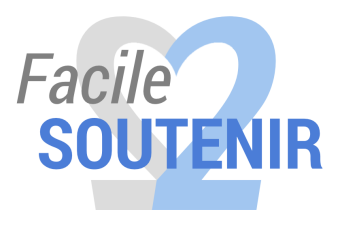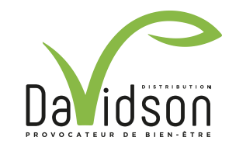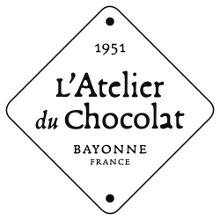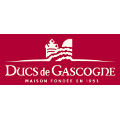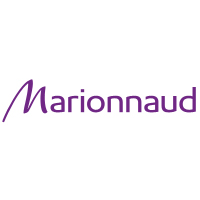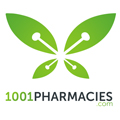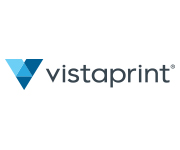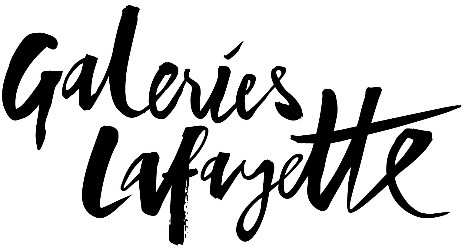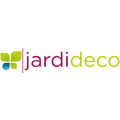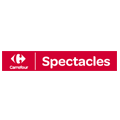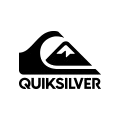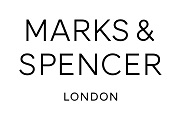Your Guide to the Stages of Alcohol Recovery
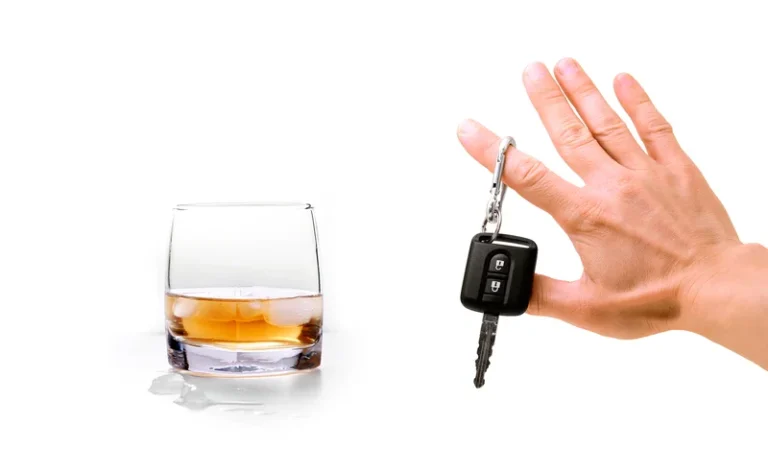
If you are detoxing at home, anything beyond mild symptoms should trigger you to seek medical help. Delirium tremens (DTs) is a serious condition that some people struggling with alcohol withdrawal go through. It is characterized by severe nausea, seizures and hallucinations. If you begin to experience DT, you always need to get immediate medical attention, as it can be life-threatening. Many people with addictions convince themselves that they are alone and are the only ones going through their https://ecosoberhouse.com/ experiences. It can be very comforting to know that many people have gone through withdrawal before.

What Age Should You Talk to Your Kids About Drugs, Alcohol, Addiction, and Rehab?

Naltrexone, although can help reduce cravings, doesn’t prevent withdrawal symptoms, which can be dangerous, he adds. Writing in The Telegraph, journalist Annabel Fenwick Elliott opened up about her experience receiving a treatment programme that involved taking naltrexone to reduce her alcohol intake. If your loved one struggles with addiction, AAC can help you get them the help they need. AAC operates treatment centers throughout the country—each one offering evidence-based treatment and family therapy. Call to connect with an admissions navigator, who can listen to your needs, answer your questions, explain your options, and even verify your loved one’s insurance.
How Long Does it Take for Naltrexone to Work?
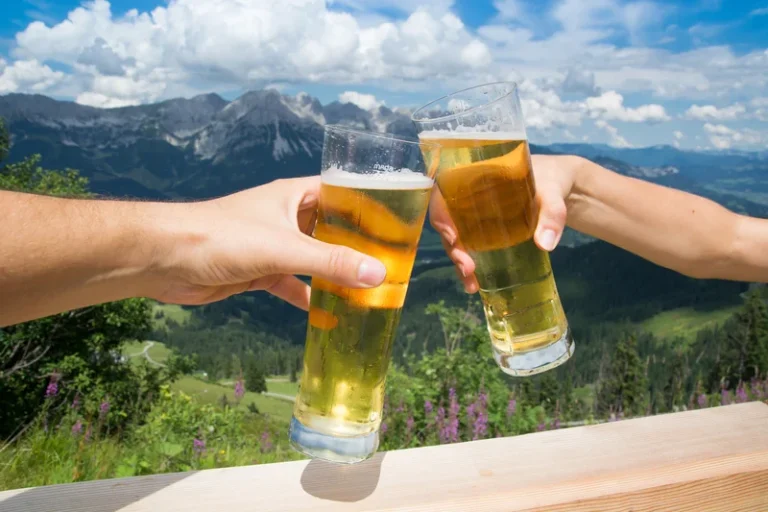
There will be multiple points throughout the process where you will be tempted to drink. It’s helpful to think of your craving as a wave; Cravings build, peak, crash and dissipate. The point is that eventually, your craving will go away — the wave will crash. While naltrexone is typically well-tolerated, there are some possible side effects. Your physician can adjust your treatment plan in order to minimize any potential side effects. A naltrexone pill becomes active in your system approximately one hour after taking it.
Our Brain Adjusts
And remember, if you – or someone you care about – are having trouble or experiencing cravings while taking this medication, help is always available. It’s your choice to take medication, and it’s just one part of a treatment plan, which should typically involve counselling for ongoing support. On the other hand, if you have diabetes and you want to curb your alcohol intake then definitely talk to your doctor about the option of semaglutide, Leggio says. « Even more so if you have obesity and alcohol use disorder. Absolutely. Speak with your doctor. » « Dopamine in the striatum the brain’s motivation center is the motivation and learning signal for everything. Not just for food, » DiFeliceantonio says. « All addictive drugs increase dopamine there. That’s a common thing. »
The mental challenge of this stage is not to let anything make you feel defeated. If you’re aiming to moderate your drinking, you may be asked to keep a « drinking diary ». 12-step facilitation therapy is based on the programme devised by AA. The difference is you work through the stages on a one-to-one basis with a counsellor, rather than in a group. Many people who have alcohol dependency problems find it useful to attend self-help groups, such as Alcoholics Anonymous (AA) or SMART Recovery.
Cope with triggers you can’t avoid.
An exciting part of this period is that it can lead you to a happier life full of welcomed change and constant improvement. Since withdrawal symptoms tend to ebb and flow, you may be tempted to feel like you’re not making progress ― even though in reality, you’ve come a long way. The craving for alcohol may be a persistent challenge during and after withdrawal.
What Are the Treatments for Alcohol Use Disorder?
Residential treatment programs typically include licensed alcohol and drug counselors, social workers, nurses, doctors, and others with expertise and experience in treating alcohol use disorder. You’re likely to start by seeing your primary health care provider. If your provider suspects that you have a problem with alcohol, you may be referred to a mental health provider. Many people don’t know it, but there are medications that treat alcohol use disorder, the term for the condition that you may know of as alcoholism and alcohol abuse.
Ready to get started with medication-assisted treatment?
At that time, her marriage to Sen. John Warner was coming to an end. The once screen siren was also faced with a crippling addiction to drugs and alcohol. Long-term, binge drinking can cause acute liver damage and increase the risk of chronic liver diseases such as cirrhosis and liver cancer. « Which over time causes a person to stop associating alcohol use with pleasure and reduces their consumption, » he tells the Sun. Alateen is part of the Al-anon network, which offers support groups to teens who are dealing with a family member’s alcohol addiction.
- You may find yourself daydreaming about having another drink.
- While you can’t make the urge go away, you can see it for what it is.
- According to the book, she called for him to come to her bedroom where she was holding a syringe of Demerol, which was used to treat severe pain.
- Consistency is key to ensuring the effectiveness of the treatment.
- While the FDA has not approved naltrexone for moderate drinking in the U.S., it is used for this purpose in Europe.
In 1984, it was approved by the FDA for the treatment of use of drugs such as heroin, morphine, and oxycodone. At the time, it was marketed by DuPont under the brand name Trexan. An extended-release, monthly injectable form of naltrexone is marketed under the trade name Vivitrol.
Turns out, these drugs (as well as the GLP-1 hormone) don’t just work on blood sugar. « They also work how to stop alcohol cravings in your brain, » says Dr. Lorenzo Leggio, who’s the clinical director of the National Institute of Drug Abuse. « Nobody told me anything about the drug affecting alcohol, too. » About six months ago, Grayson began taking the popular weight-loss drug Ozempic.
